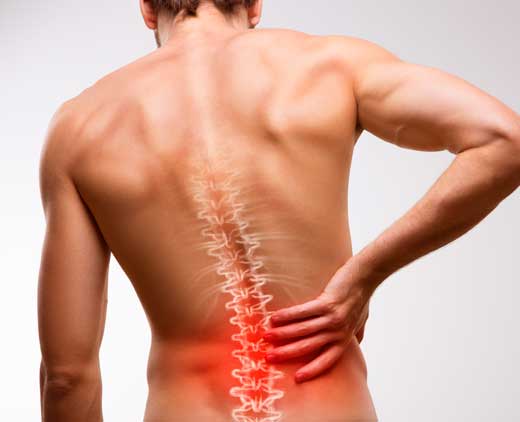
Piriformis syndrome treatment can include osteopathic manipulation, exercises, and stretching routines to relieve sciatic nerve pressure, reduce muscle spasms, and mitigate pain and other symptoms.
Piriformis Syndrome is a relatively uncommon neuromuscular condition that is often misdiagnosed as a herniated disc or sciatica. The condition is most commonly seen in athletes such as marathon runners and involves compression of the sciatic nerve resulting in pain, numbness, and tingling in the buttocks. Because its symptoms closely resemble those of other conditions, patients may not always get the prompt treatment they need to avoid prolonged, chronic pain.
This neuromuscular disorder is caused by the piriformis muscle compressing the sciatic nerve. This typically occurs when the piriformis muscle spasms against the sciatic nerve while running or sitting. The piriformis muscle is a flat muscle in the buttocks at the top of the hips. This muscle is located very close to the sciatic nerve and serves a vital role in hip stabilization and movement throughout the lower body. One of its functions is to provide protection for the sciatic nerve, but any spasms in the muscle can irritate and compress that nerve.
The syndrome can be caused by:
Unfortunately, this compression can create a tremendous amount of irritation and discomfort. And while many cases are improperly diagnosed, there are some common symptoms that can help to better identify the problem. You should learn to recognize these symptoms, since your medical provider will need to rely on your account to ensure a proper diagnosis. Symptoms can include:
Standard imaging diagnostics are not always definitive in diagnosing this condition, so track your symptoms and report them to your care provider. Those reports, along with in-person manipulation of the muscles, can ensure that a proper diagnosis is made.
Osteopathic care can provide a number of key benefits to aid your recovery from this neuromuscular disorder. Useful techniques can include manual manipulation, osteopathic manipulation stretching exercises, and other safe, gentle techniques designed to address the cause of your discomfort. With an effective course of osteopathic treatment, most patients can enjoy the pain relief, restored mobility and function, and improved quality of life they deserve.

Back and spine conditions can be degenerative, disease-related, or caused by overuse or injury. Symptoms can include pain, impaired mobility, numbness, weakness, and more.
Back Muscle SpasmFacet Joint SyndromeFailed Back Surgery SyndromeHerniated DiscsLow Back PainLumbar RadiculopathyMid Back PainMyofascial Pain SyndromeNerve Compression SyndromePiriformis SyndromePost Laminectomy SyndromeSacroiliac Joint DysfunctionScoliosisSpinal Stenosis
If you are experiencing any of the symptoms of piriformis syndrome, it is important to seek treatment at your earliest opportunity. Leonid Tafler, D.O. has the experience and expertise you need to successfully resolve piriformis compression of the sciatica nerve, and similar painful disorders. Give us a call today to learn more and to schedule your appointment.